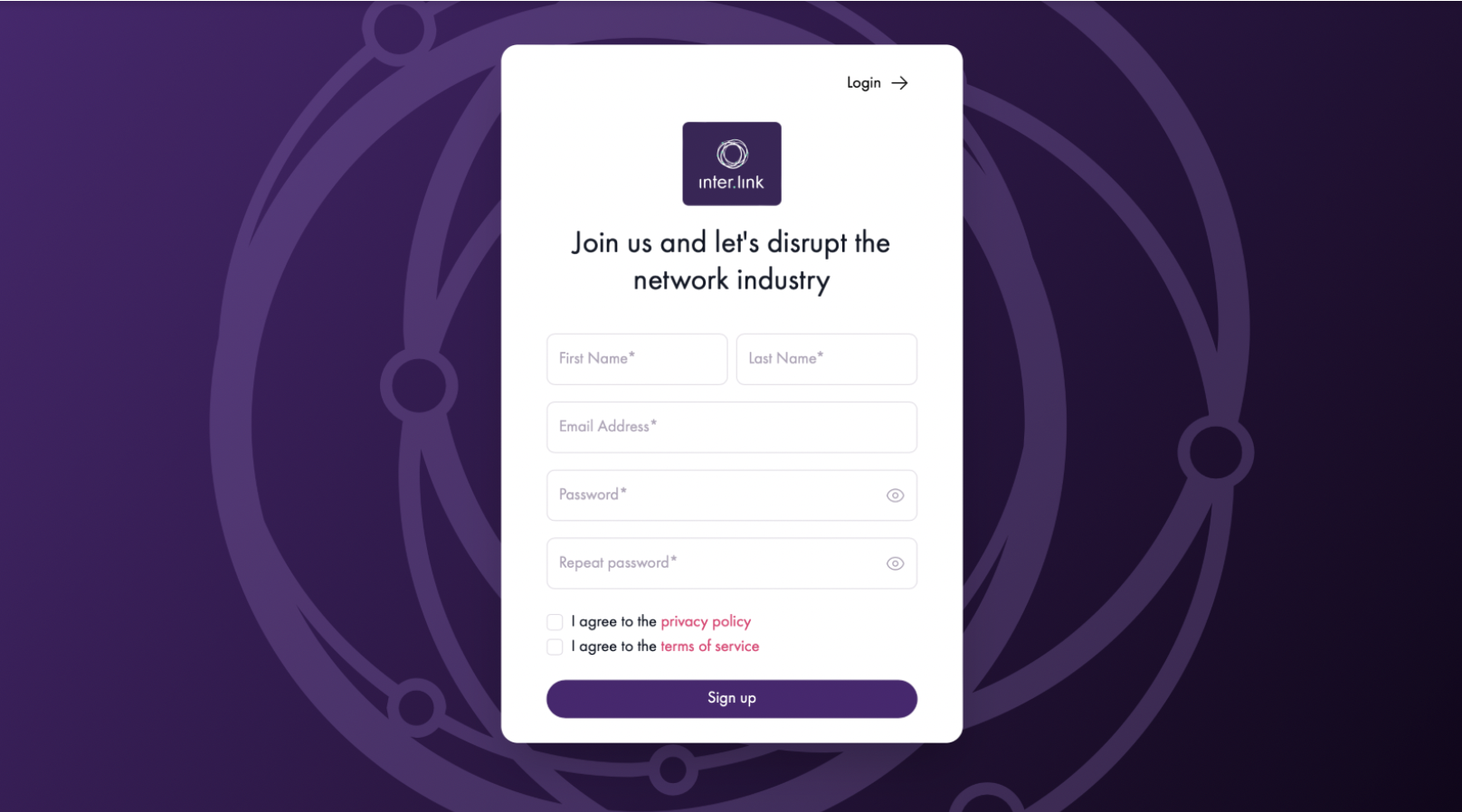Businesses that rely on cost-effective and efficient data transmission have to be aware of and control IP transit pricing. The pricing of IP transit services is generally expressed as a per Mbps unit fee, based on the size of the committed data rate (CDR). The minimum commitment, for instance, is 1G if you select a port with 10G. The fee per unit will be lower the more speed of data. Here’s a deeper look into the many aspects of IP transit cost optimization.

Factors Influencing IP Transit Pricing
IP Pricing of transit is influenced by a number of factors including:
Committed Data Rate (CDR). The amount of CDR has a significant impact on your per-Mbps rate. A higher CDR could result in lower costs per Mbps allowing for a discount on commitments of greater size.
Port Size Port Size: The size of the physical port (e.g. 10G 100G) the size you select will determine the minimum commitment, and also affects the pricing.
IP transit ports support bursting above the CDR. Burst traffic typically costs the same price per Mbps, which allows for flexibility to deal with traffic spikes, while not boosting CDR.
Geographical Location: Prices may vary depending on the location and geographic spread of IP transit provider’s network.
Quality of Service (QoS) Quality of Service (QoS): Higher levels of service quality and additional features like DDoS protection or advanced routing options can influence the cost.
The calculation of IP Transit Costs
To determine IP cost of transit accurately, you must be aware of your data usage patterns. It is also important to select the appropriate CDR. Here are a few steps to aid you in the calculation and management of the costs of IP transit:
Monitor your data usage to detect peak periods and average data transfer volume.
Choose a suitable CDR Select a CDR that can handle the normal usage of your account, while contemplating the possibility of bursts. Overcommitting could result in higher charges for burst traffic.
Factor in Bursts: Calculate the possibility of traffic bursts and calculate the cost in accordance with your provider’s pricing structure.
Optimizing IP Transit Costs
To optimize IP transit costs, consider the following strategies:
Aggregate Commitments: If your have multiple locations, consider aggregated commitments. This allows you to disperse your CDR over multiple sites possibly reducing costs and increasing efficiency.
Discuss your options with your IP transit provider. Discounts for volume, long-term contracts and bundled services could bring savings.
Monitor and adjust: Frequently check your usage and then adjust your CDR when necessary. By tweaking your commitments, can reduce the cost of capacity that isn’t being utilized, or incurring high fees for traffic spikes.
Select the right provider – Choose a company that provides an efficient service with competitive prices. Consider their geographic reach along with their service quality and additional features that align with the needs of your business.
IP Transit and Network Performance
IP transit is critical for high-quality network connectivity and internet connectivity. Businesses can benefit from the investment in IP transit by:
Increase Reliability. A reliable IP transit service provides a constant and uninterrupted data stream, which is vital for the business processes.
Improve Latency: Effective routing and peering arrangements offered by top-tier IP transit providers can dramatically reduce latency.
Scale Flexibly: Modular, scalable IP transit solutions allow firms to increase their network capabilities with their expanding needs.
Case Study of a Successful IP Transit Optimization
Imagine a medium-sized company with offices located in various locations. By aggregating commitments and optimizing their CDR based on detailed traffic analysis, the company was able to cut its overall IP cost of transportation by 20 percent. A long-term agreement was negotiated with the provider to receive an increase of 10% per Mbps charges.
The end of the article is:
Understanding the price of transit IP and employing effective cost management strategies is vital for businesses that rely on reliable and efficient data transmission. Companies can cut costs while ensuring network quality leveraging aggregated agreements, optimizing CDRs, and identifying the most suitable service providers. Being informed agile, flexible and flexible will ensure your IP Transit strategy is cost-effective and efficient as the digital world evolves.
